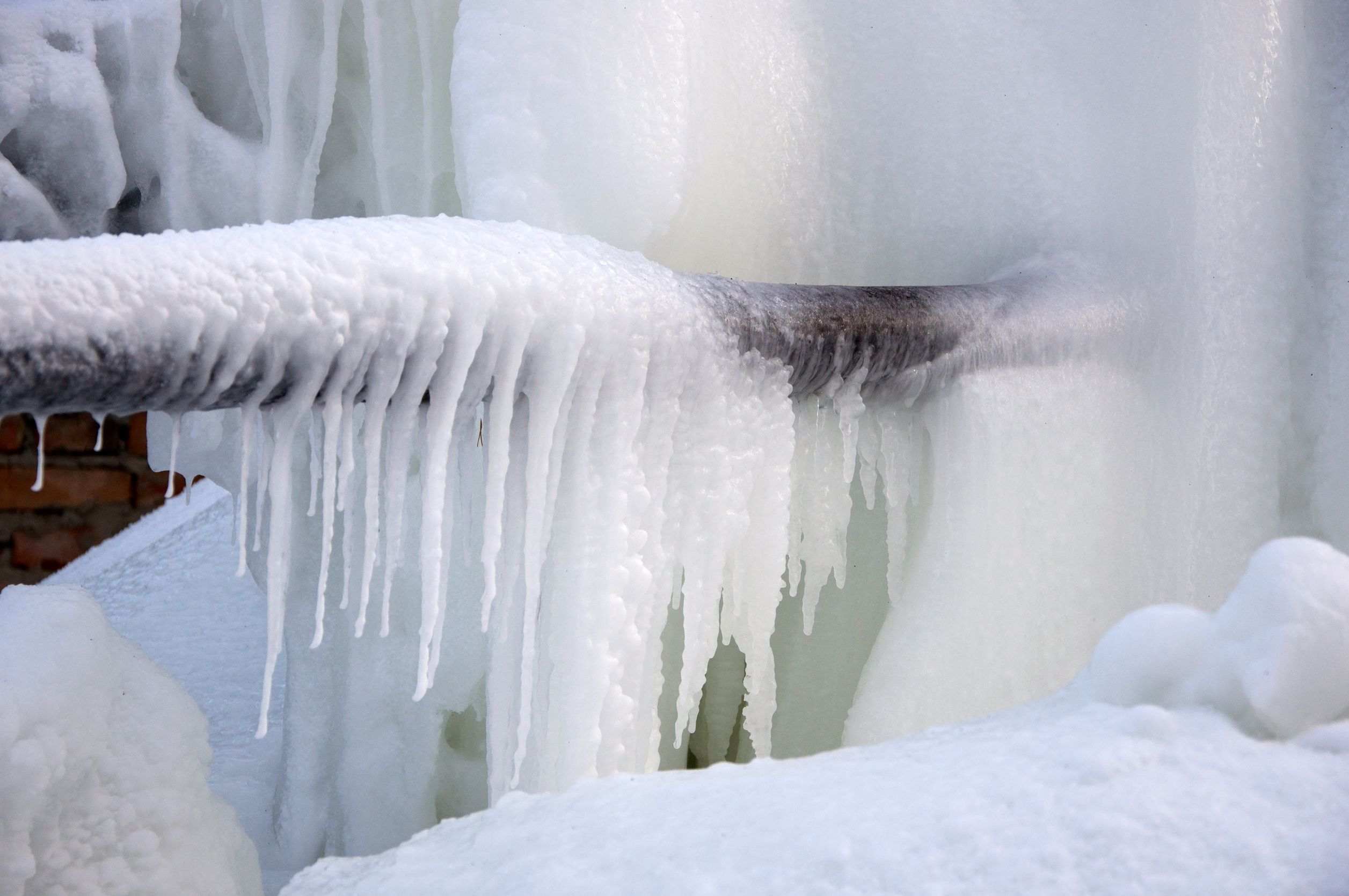Important Advice for Avoiding Frozen Pipes in Cold Weather Seasons
Important Advice for Avoiding Frozen Pipes in Cold Weather Seasons
Blog Article
We have stumbled on this great article relating to Prevent Frozen Pipes directly below on the internet and figured it made perfect sense to write about it with you here.

Cold weather can damage your pipes, particularly by freezing pipelines. Below's just how to stop it from taking place and what to do if it does.
Intro
As temperature levels decrease, the danger of frozen pipes rises, possibly resulting in expensive fixings and water damages. Recognizing exactly how to avoid icy pipelines is important for home owners in chilly climates.
Avoidance Tips
Shielding susceptible pipelines
Wrap pipelines in insulation sleeves or make use of warmth tape to protect them from freezing temperature levels. Concentrate on pipes in unheated or exterior locations of the home.
Home heating strategies
Keep interior areas appropriately heated up, especially areas with plumbing. Open cupboard doors to enable warm air to distribute around pipelines under sinks.
How to identify icy pipelines
Search for decreased water flow from faucets, uncommon odors or noises from pipelines, and visible frost on exposed pipes.
Long-Term Solutions
Architectural modifications
Think about rerouting pipelines far from exterior wall surfaces or unheated locations. Add added insulation to attics, basements, and crawl spaces.
Upgrading insulation
Invest in top quality insulation for pipes, attic rooms, and wall surfaces. Proper insulation helps preserve regular temperature levels and decreases the danger of icy pipelines.
Protecting Outside Pipes
Garden pipes and exterior faucets
Disconnect and drain pipes garden hose pipes prior to winter months. Install frost-proof faucets or cover exterior faucets with insulated caps.
Understanding Icy Pipes
What creates pipes to freeze?
Pipes freeze when exposed to temperatures below 32 ° F (0 ° C) for prolonged durations. As water inside the pipes freezes, it broadens, taxing the pipe wall surfaces and possibly causing them to break.
Dangers and problems
Icy pipelines can lead to water disturbances, residential property damages, and pricey fixings. Burst pipes can flood homes and create extensive structural damage.
Indications of Frozen Water Lines
Recognizing icy pipelines early can stop them from breaking.
What to Do If Your Pipes Freeze
Immediate actions to take
If you believe icy pipes, maintain faucets available to alleviate stress as the ice melts. Use a hairdryer or towels soaked in warm water to thaw pipes slowly.
Final thought
Preventing frozen pipes requires proactive measures and fast reactions. By recognizing the causes, indications, and safety nets, property owners can shield their pipes during winter.
5 Ways to Prevent Frozen Pipes
Drain Outdoor Faucets and Disconnect Hoses
First, close the shut-off valve that controls the flow of water in the pipe to your outdoor faucet. Then, head outside to disconnect and drain your hose and open the outdoor faucet to allow the water to completely drain out of the line. Turn off the faucet when done. Finally, head back to the shut-off valve and drain the remaining water inside the pipe into a bucket or container. Additionally, if you have a home irrigation system, you should consider hiring an expert to clear the system of water each year.
Insulate Pipes
One of the best and most cost-effective methods for preventing frozen water pipes is to wrap your pipes with insulation. This is especially important for areas in your home that aren’t exposed to heat, such as an attic. We suggest using foam sleeves, which can typically be found at your local hardware store.
Keep Heat Running at 65
Your pipes are located inside your walls, and the temperature there is much colder than the rest of the house. To prevent your pipes from freezing, The Insurance Information Institute suggests that you keep your home heated to at least 65 degrees, even when traveling. You may want to invest in smart devices that can keep an eye on the temperature in your home while you’re away.
Leave Water Dripping
Moving water — even a small trickle — can prevent ice from forming inside your pipes. When freezing temps are imminent, start a drip of water from all faucets that serve exposed pipes. Leaving a few faucets running will also help relieve pressure inside the pipes and help prevent a rupture if the water inside freezes.
Open Cupboard Doors
Warm your kitchen and bathroom pipes by opening cupboards and vanities. You should also leave your interior doors ajar to help warm air circulate evenly throughout your home.

Do you enjoy reading about 6 Ways to Prevent Frozen Pipes? Put feedback further down. We would be happy to find out your thoughts about this blog. Hoping that you come back again later on. Enjoyed our blog entry? Please share it. Let somebody else locate it. Bless you for being here. Don't hesitate to check up our website back soon.
Suggested Site Report this page